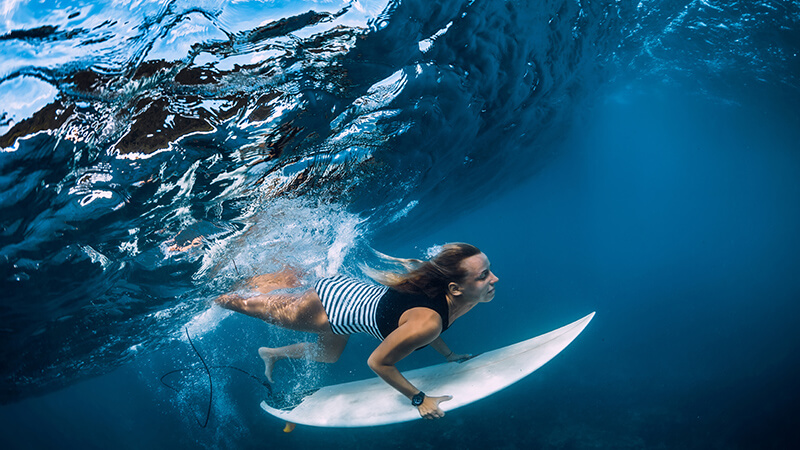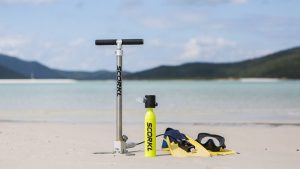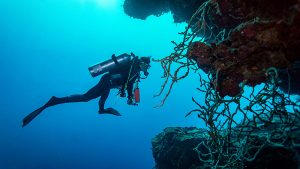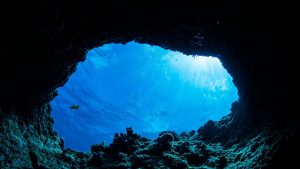Going for deep dives is one of the most fantastic experience for water lovers. Even if most of them will be closer to the surface at the beginning, in time, they will go deeper and deeper. Of course, deep-sea diving is mainly based on certain certifications. The role of these certifications is to give beginners the theoretical knowledge they need. Open water certifications are the best solution to stay up to date with the information needed even with deep-sea dives.
There are a few applicable tips on deep-sea diving that everybody expects to hear, such as being well hydrated. However, other tips from professionals can be found below. The margin for error in deep-sea diving is considerably higher compared to snorkeling. This is why it needs proper planning. It’s like hiking. Many can climb a small mountain with little preparation but the tallest peaks test the limits even of the most experienced hikers. This is why there’s good room for improvement for those seeking the deepest dives. The following advice is categorized into experience tips, physical shape tips and gear tips.
Table of Contents
Experience tips
When it comes to experience, it seems nobody can get enough of it since every deep-sea dive is so different. Diving next a shipwreck or next to large stalactites has its particularities and it’s vital to take time to prepare.
Asses the diving experience
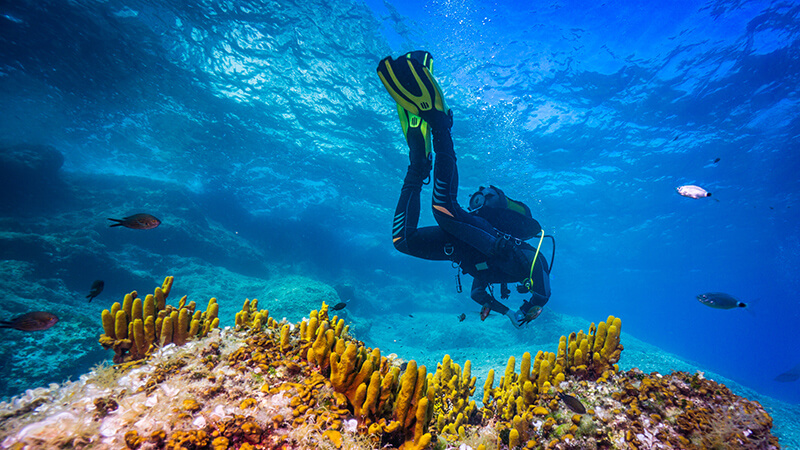
Walking before running can be adjusted to diving. This is why the saying could be adapted to shallow water dives before going into deep water. During the training course, students are normally asked to go from a swimming pool to shallow water. This progression should also be respected when going to deep-sea diving, even after the course. Getting completely comfortable in shallow water is the first step towards adventurous dives.
Build from the last dive
Going for deeper dives should be based on a progressive scale. But this progression should be within the last few months. If the last dive of over 100 feet was years ago, divers should not force going deeper. Diving often and taking depth gradually from below the 100-feet limit is highly recommended.
Physical shape tips
Being in good physical shape can be interpreted in many ways. In truth, it also refers to the resting level and hydration levels. But here are a few matters of concern which require more attention.
Nitrogen loading
It is advisable to allow the body to off-gas for a long night before going for deep dives. In general, many professionals recommend deep-sea dives in the morning, especially when coming from a previous day deep-sea dive. This allows off-gas of more than 8 hours and the nitrogen loading can be in the normal limits as controlled by the scuba tank.
Reconsider sleep importance
Sleep is crucial for cognitive function. There’s no room for feeling tired underwater. However, just as seen at the tip above, sleep regulates nitrogen narcosis. It is why there needs to be a strict sleeping schedule which can easily be overlooked, especially when traveling with large groups of friends. A rested body and mind are more likely to be ready for any unplanned events during the deep dive.
Diving gear tips
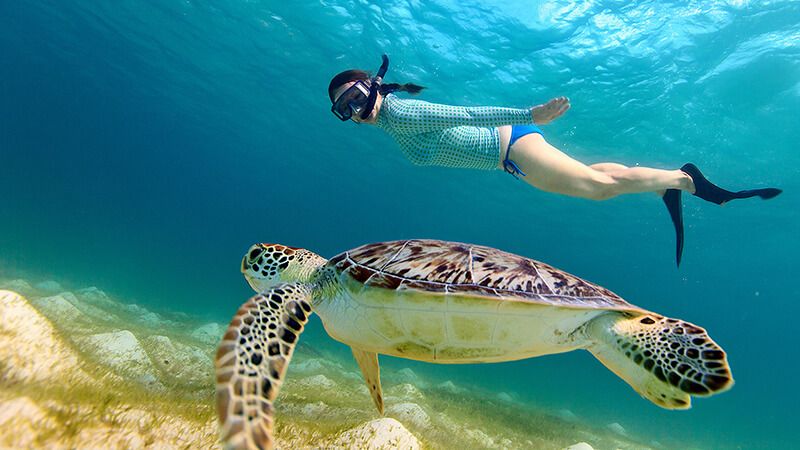
There are many gear tips which can be suggested on deep-sea diving. But the two following tips have been selected based on the differences between shallow water dives and deep dives. Everything seems faster in deep water and there is not much room for error. That’s why extra attention is needed on the descent and the ascent with the right diving gear.
Keep an eye on gauges
Gauges are there for a reason. Depth gauges can be problematic and diving too quickly comes with a long list of problems. This is why with deep-sea dives, keeping an eye on all gauges should be made more frequently. If with regular dives things are not as complicated, deep dives can come with specific depth alarms on diving gear, apart from the gauges themselves.
Watch gauges again on the ascent
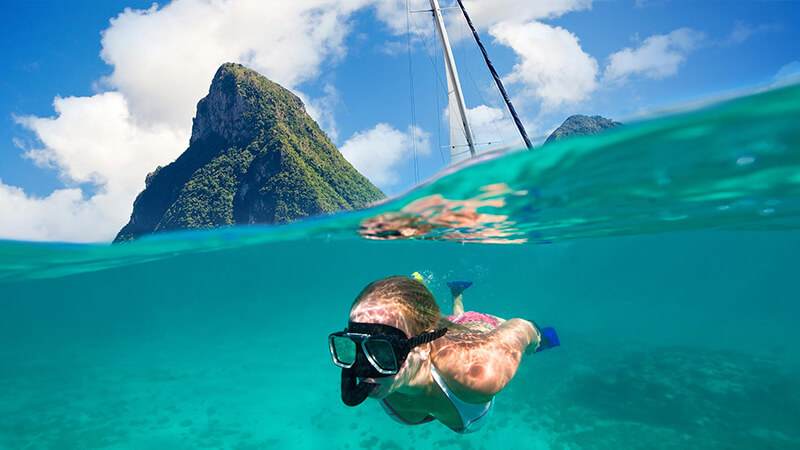
Watching gauges on the ascent is important as buoyancy changes frequently. Air is consumed faster at depths and inflation can lead to rapid ascents. The safety stop is there for a reason. An ascent needs to be controlled to allow the body to recover from the pressure of deep-sea dives. Keeping an eye on the gauges and the dive computer can, arguably, be even more important than on the descent.
The air supply needs to be properly controlled when it comes to deep-sea dives. There are many strategies for this type of air handling. However, most divers can split the air use into 3 parts. The first third of the air reserve can be used on the descent. A third of the air supply can be used on the bottom and another third can be used on the ascent. Of course, a safety line needs to be kept. At least 500PSI should be kept as a reserve.
Final words
Deep-sea diving can be fun and different from all dives. Theoretically, if everything is planned right, there are no reasons for concern. It is recommended to discuss all of these aspects with fellow divers. Even those on boats at a surface level should know what the plan of action is. The time underwater needs to be carefully planned. A small oxygen reserve is also needed alongside the dive plan.
However, most deep-sea divers are already familiar with these techniques. It is resting which needs to be a priority for them as they have a clear mind after a good night’s sleep which is crucial for a successful deep-sea dive. But resting is important even after the dive. Many recommend not flying immediately after a dive so taking a day to relax before heading home is a top priority.

